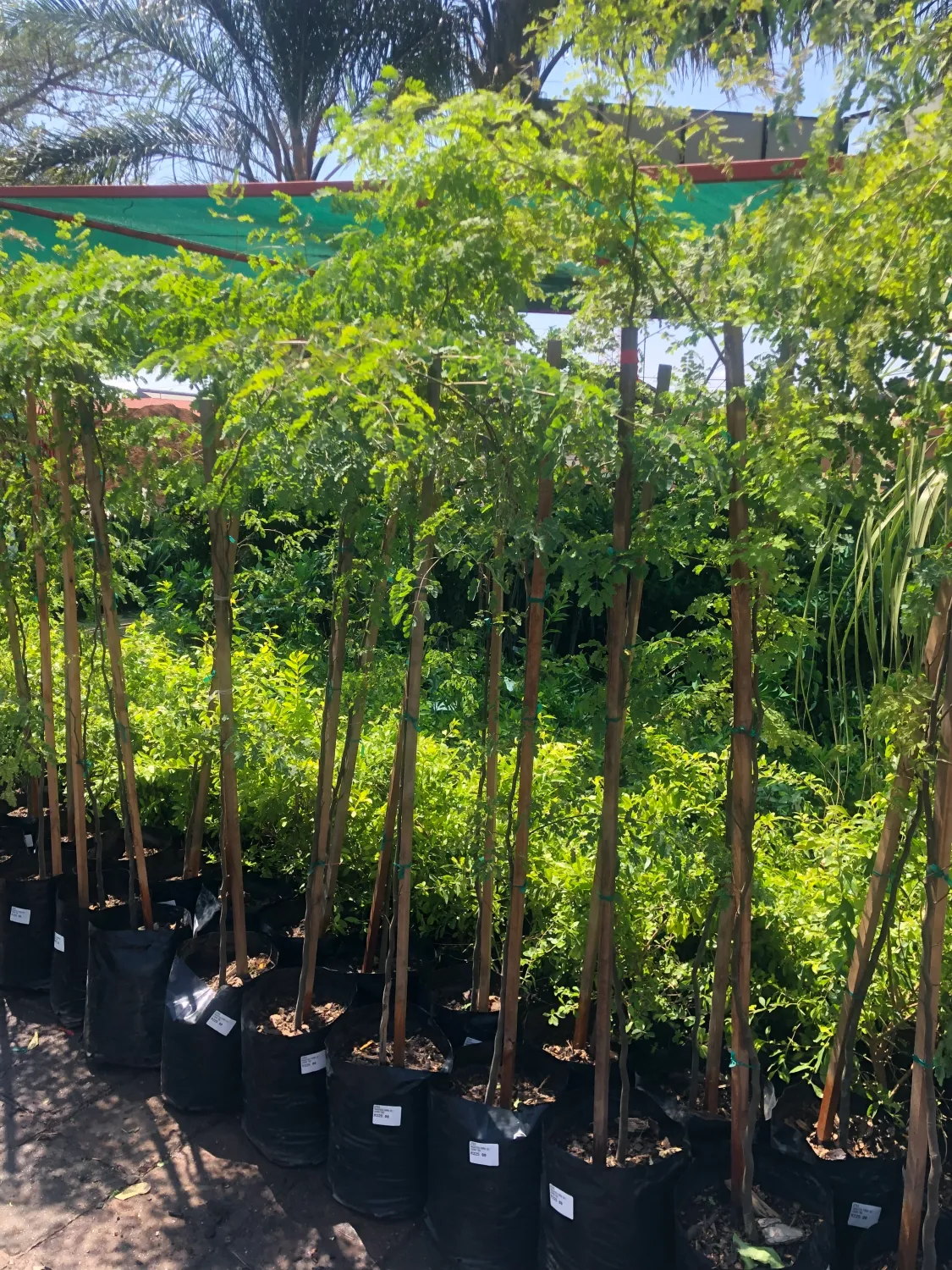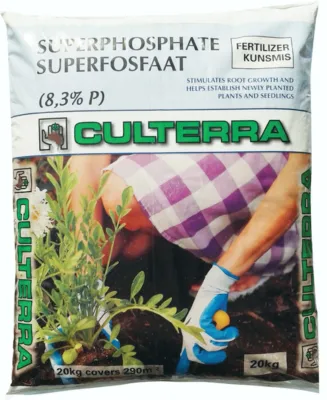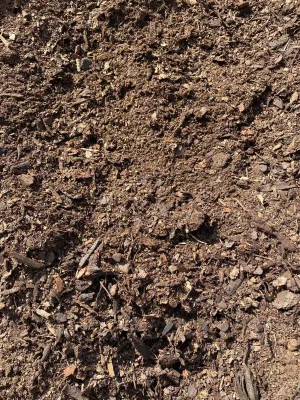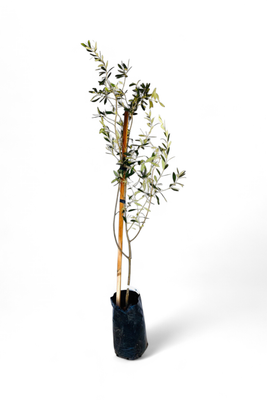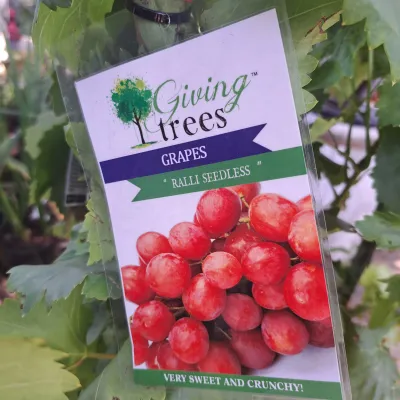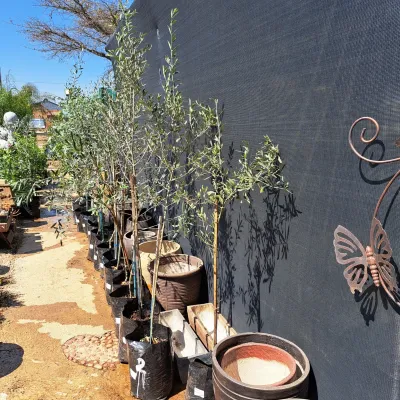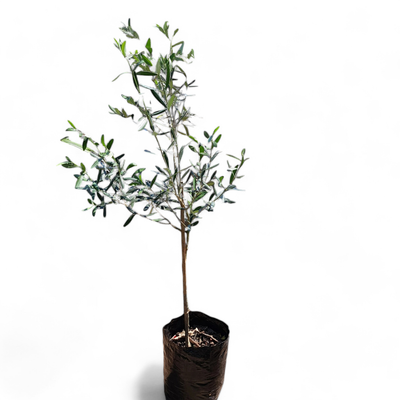Leopard Tree 20L (Caesalpinia ferrea)
SKU LET615
R310.00
On Sale
was R335.00 Save R25.00
1
Save this product for later
Leopard Tree 20L (Caesalpinia ferrea)
Product Details
Weight: 15.00 kg
Caesalpinia ferrea, the beautiful leopard tree, may seem to be an African tree, but it actually originates from Brazil.
You’ll find this delicate tree already showing lots of character as it stands with its pale, upright trunk in a 20-litre nursery bag. The rust-brown new leaves at the growth points of its many branches, and the mid-green,compound oval leaves further along the branches are attractive and delicate and it is plain to see that this tree is not going to provide deep shade. (This also means that you won’t need to go searching for deep shade plants that battle to grow amongst tree roots.) The smooth bark exfoliates easily but incompletely, often leaving large dark brown patches against a light background – the reason for the common name.
If you are in a nursery somewhere in Johannesburg or Cape Town, they might say that this is a slender tree with an unusual trunk, and that it is ideal for small gardens. This is because in moderate climates that experience light frost or dry summer climates, the leopard tree is not a giant – Mother Nature stunts its growth. But be warned, if you plant it in Durban or the Lowveld, (its natural habitat is similar to our humid subtropics) the leopard tree grows to 15 m tall with an aggressive root system that mirrors the size of the tree above the ground.
Caesalpinia ferrea should rather not be planted close to structures, underground cables, drains and water pipes. But if you have lost your heart to the exotic tree, do plant one or more in your garden, or even in large pots in your courtyard.
When do they bloom?
Tiny, golden yellow, bell-shaped flowers appear in spring, followed by dark seed pods.
You May Also Like
On Sale
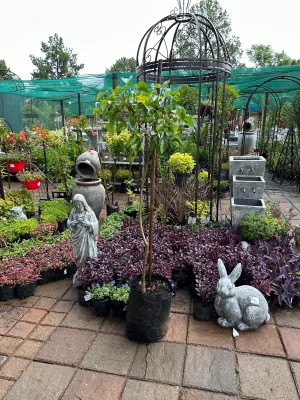
Erythrina Lysistemon (Coral Tree) 20L
Erythrina Lysistemon (Coral Tree) 20L
was R335.00
Save R100.00
R235.00
On Sale
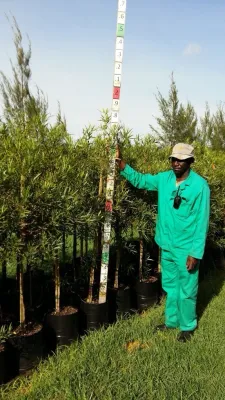
Searsia (Rhus) Lancea / Karee Tree 20L
Searsia (Rhus) Lancea / Karee Tree 20L
was R459.00
Save R64.00
R395.00
On Sale

Eucalyptus Cinerea - Penny Gum 10 Liter
Eucalyptus Cinerea - Penny Gum 10 Liter
was R225.00
Save R36.00
R189.00
Display prices in:ZAR
